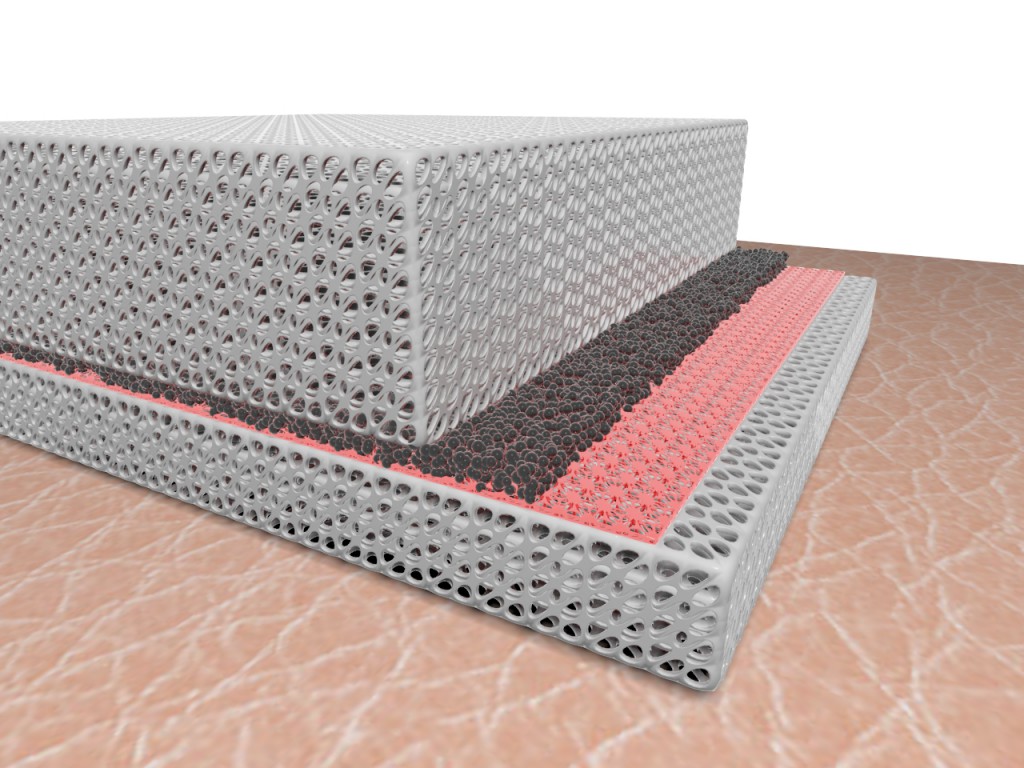New Fabric Warms or Cools Depending How You Wear It
Posted on Categories Discover Magazine

If you’ve ever worked in an office, you know about the battle of the thermostat. This futile clash costs quite a bit of energy: some 12 percent of the United States’ total energy consumption goes to regulating building temperature with air conditioning.
Now, a new fabric could end that war and save energy at the same time. The textile, described Friday in the journal Science Advances, offers wearers dual heating and cooling, allowing individuals to control their personal temperature.
“Our human body loses heat,” says Yi Cui, a materials engineer at Stanford University who holds a doctorate in chemistry. “If we can control this radiation loss in the summer time, letting the heat go as fast as it can, we would be able to save energy in cooling. In the winter time, we want to slow down this heat loss, keeping this radiation in the human body so we can feel warm.”
Hot Then You’re Cold
Last year, Cui and his research team revealed a new fabric that could cool human skin 4 degrees Fahrenheit better than cotton. Using plastic polyethylene, the researchers engineered a material with nanosized pores that makes it easier for heat to escape.
This latest fabric builds on that original technology.
It’s essentially a single piece of that same polyethylene material with two layers of coating embedded within it. One coating is carbon, a chemical that’s pretty efficient at emitting thermal energy. The other coating is copper, a metal that’s great at trapping heat.
To adjust the temperature, it’s as easy as turning the material inside out.
“If we want to have the cooling effect, we have the layer facing outside that has the ability to radiate out heat fast,” Cui explains. “But if we want to do heating, we wear the other layer facing outside because its ability to radiate out heat is very weak.”

The layered structure of the warming, cooling textile. (Credit: Hsu et al., Sci. Adv. 2017;3: e1700895)
Tests on artificial skin showed the textile can enhance our comfort level by nearly 12 degrees Fahrenheit. At its fullest potential, the researchers predict the material could heat or warm humans by 22 degrees Fahrenheit.
What’s more, because these materials naturally retain and release radiation, they don’t require any outside energy to work. No electricity. No batteries. Nothing.
Coupled with the potential to spend less energy on indoor heating and cooling, that pretty’s exciting, Cui says.
He adds, “The textiles we are wearing today have a thousand-year-old history. But in the next five to 10 years, we are going to see more and more functions in our clothing. We are experiencing a textile revolution.”
Cui hopes the material becomes commercially available in the next two or three years.